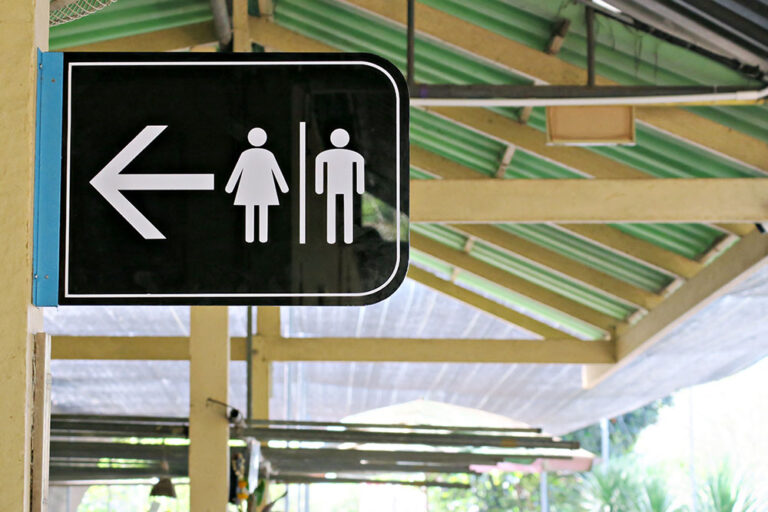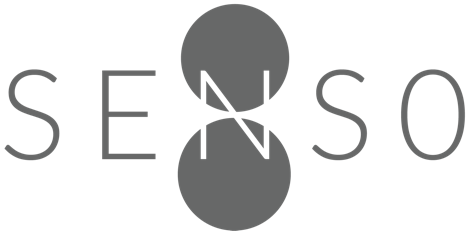
A smart toilet is a type of restroom that integrates advanced technology and features to enhance the user experience and improve hygiene. Smart toilet use IoT sensors to gather data on usage patterns and provide real-time feedback to users on their habits, such as the amount of water they use. This data can be used to optimize cleaning schedules and improve the overall maintenance of the toilet. The sensors can also alert maintenance staff to any potential problems, such as low water levels or clogs, which can help to prevent more serious issues and improve the overall maintenance of the toilet. Additionally, IoT sensors can be used to provide feedback to users about their usage habits and offer suggestions for more sustainable practices.
One key advantage of smart toilet for facility managers is the ability to perform remote monitoring and management of restrooms. Real-time monitoring allows facility managers to remotely monitor usage and diagnose and resolve problems more quickly and efficiently.
Overall, smart toilet can provide facility managers with improved efficiency, reduced maintenance and cleaning costs, enhances user experience, and better data insights, among other benefits.
Smart washroom management using IoT Sensors
Smart washroom management systems can be realized with the utilization of IoT sensors to optimize the efficiency and functionality of public or commercial washrooms. These systems employ various sensors to monitor and control different aspects of washroom operations, delivering numerous advantages for both users and facility managers.
Sensors Used in Smart Washroom Management:
1. Occupancy Sensors: Detect the presence of individuals in washroom facilities, enabling automated control of lights, water fixtures, and ventilation systems based on occupancy levels.
2. Water Usage Sensors: Monitor water flow and detect abnormal usage patterns, allowing for timely identification of leaks, prevention of water wastage, and efficient water management.
3. Soap and Sanitizer Sensors: Monitor soap or sanitizer dispensers, ensuring an uninterrupted supply. By tracking usage and levels, facility managers can restock supplies promptly, ensuring hygiene and convenience for users.
4. Paper Towel and Toilet Paper Sensors: Monitor paper towel and toilet paper dispensers, preventing stockouts and enabling timely replenishment to ensure a smooth user experience.
5. Odor Sensors: Detect and measure unpleasant odors in washrooms, triggering alerts or automated air fresheners to maintain a pleasant environment for users.
Benefits of Smart Washroom Management using IoT Sensors:
1. Resource Optimization: IoT sensors enable efficient resource utilization by automating lighting, water fixtures, and ventilation systems based on occupancy, reducing energy and water waste and promoting sustainability.
2. Enhanced Hygiene and Sanitation: Continuous monitoring of soap, sanitizer, paper towels, and toilet paper ensures an adequate supply, improving hygiene standards and minimizing the spread of germs for a cleaner and safer washroom environment.
3. Improved User Experience: Smart washroom management systems offer touchless operation, timely supply replenishment, and odour control, enhancing the overall user experience and convenience.
4. Efficient Maintenance: IoT sensors facilitate proactive maintenance by detecting anomalies or issues in water usage, soap dispensers, or paper supplies. Prompt addressing of maintenance needs reduces downtime and ensures optimal washroom functionality.
5. Data-driven Insights: IoT sensors collect data on occupancy, water usage, supply levels, and maintenance needs, providing valuable insights for facility managers. Analysis of this data enables optimization of resource allocation and informed decision-making for improved washroom management.
Implementing smart washroom management systems with IoT sensors enables facility managers to optimize resource usage, enhance hygiene standards, and elevate the washroom experience for users. These systems offer advantages such as resource efficiency, improved sanitation, streamlined maintenance, and valuable data insights.
Qonda System offers a comprehensive full range of sensors to help facility managers, building owners to create a smart washroom management system.
Qonda System offers these wireless sensors for converting
traditional restroom to a smart toilet:
- People Counter (Nonintrusive)
- Water usage sensor
- Water leak sensor
- Toilet paper sensor
- Soap level sensor
- Ammonia/Odour sensor
- Occupancy sensor
- Energy usage meter
- Feedback panel
Our solution partners include:




